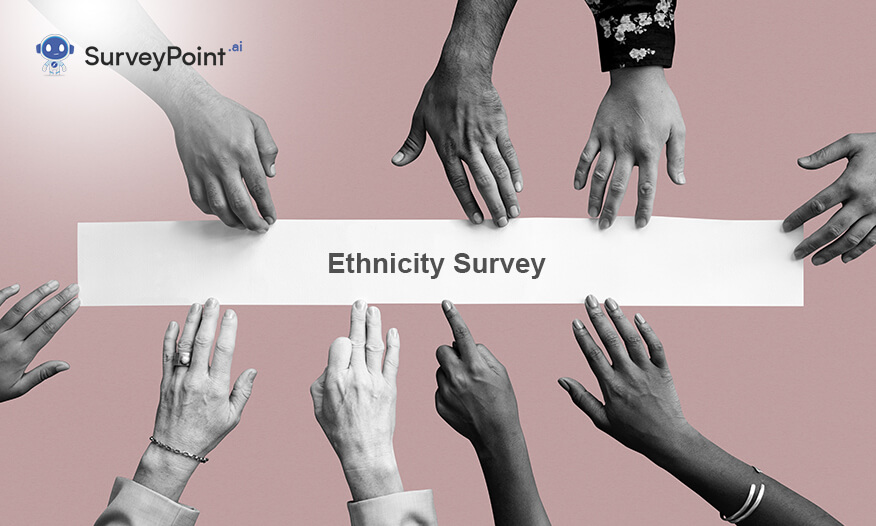

Race or ethnicity can be a sensitive topic. However, these are controversial topics that raise loads of questions. So, how do you ask the person about their race in a survey? How do you choose the right ethnicity survey questions without hurting your respondent’s sentiments?
Here’s a quick guide to what exactly ethnicity surveys are, why you need them and how to conduct them.
Table of Contents
Before we get into picking the right race-ethnicity questions for a survey, let’s understand what race and ethnicity are. To simplify it, the race is based on physical characteristics such as eye color, hair type, or skin color.
On the other hand, ethnicity might refer to the traits embedded in someone’s culture—for instance, religion, language and customs. Unlike race, ethnicity can get a little complex.
Therefore, questions regarding race and ethnicity are usually grouped together. These questions help you determine the demographics of your respondents and find the connection between different user patterns across the globe.
According to the FDA, a two-question format can be an approachable way of asking about someone’s race and ethnicity. Here’s an example:
Here’s a rule to help you understand better. Before you decide whether you should include such questions or not, ask yourself the following two questions:
Let’s suppose you are a product manager of online software. If you want customer feedback for your software, you won’t be required to collect racial data.
In contrast, if you led the company’s Culture department, you might have to survey your employees about their race and ethnicity.
And despite the fact that such questions can be extremely delicate, asking the correct race-related topic on a survey might shed light on how a respondent’s values or culture may influence their response. This helps you identify your target audience in a better way.
In addition to the FDA’s approach, here are three different techniques you can use to ask questions:
In this case, you can start your survey conversational and keep it a bit informal. You can create questions that might look like you are trying to know your respondent well. Here’s a series of statements for better understanding:
And, then you can move on with your survey.
An open-ended question is a great way to learn someone’s ethnicity or race. You can simply leave an open blank, asking the respondent to fill it.
Your questions can look like in the following format:
Tell us more about yourself, like your nationality or race.
The idea is to ask them about this sensitive subject without directly confronting them. For instance, if you are doing a survey for a beauty brand that specializes in foundations, you can ask them, “How would you describe your skin color?” rather than asking, “What’s your race?”
You can leave the blank open-ended. Though this might affect the response rate sometimes, it can be a non-invasive way of triggering a sensitive topic.
You can ask ethnicity or race questions through a series of questions and give appropriate choices underneath. This is perhaps the most common approach most researchers follow. Here’s an example for better understanding:
Question: How would you describe yourself?
Here are some tips when asking a race-ethnicity survey question:
Asking race questions can help you gather data on how physical appearances or different customs can affect other user preferences. In short, it can be a great way to collect global data and improve your response rate. Just keep in mind the above tips and make sure to include all or primary races or ethnicities so your survey feels a bit more inclusive.
Using SurveyPoint’s library of pre-researched templates, you can easily collect data on taboo subjects like race and ethnicity. Pick the question you believe will elicit the most helpful comments and suggestions. The next step is to tailor your responses so that responders are compelled to continue to the next question.